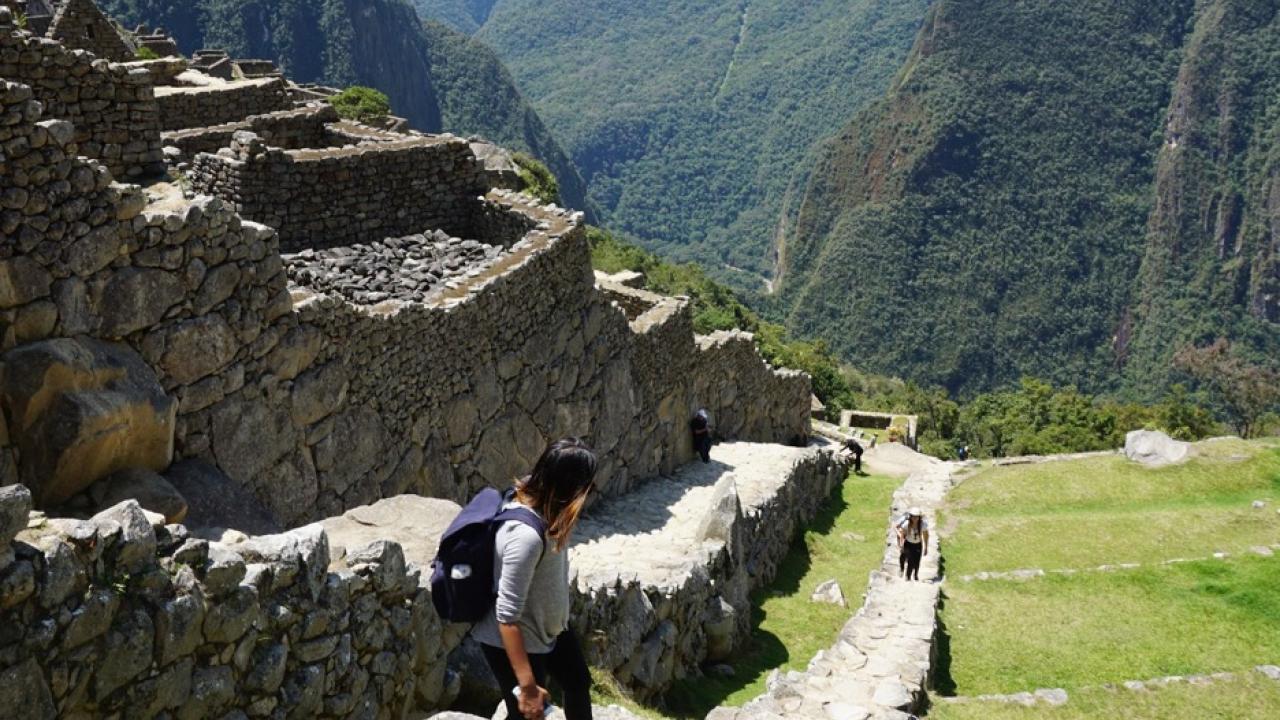
Agriculture-Nutrition Linkages: Improving Food and Nutrition Security in the Potato Based Highlands of Peru
The Henry A Jastro Research Award gave me the means to work with the International Potato Center researching food and nutritional security among women in the Andean Highlands of Peru. The harsh environment of the Andes makes agricultural production very difficult, leaving many of the communities heavily dependent on potatoes as their main staple food. The lack of Iron (Fe) and Zinc (Zn) in these communities’ diets result in above average child stunting rates and anemia. My time in Peru was dedicated to creating a low-cost, easy-to-use household food security assessment that comprehensively and validly distinguishes vulnerable households or individuals to assist development organizations and governments attempting to fight hunger and malnutrition. A nutrition and food security survey was administered to nearly 300 families in 22 different communities in the Andes and from this data I was able to calculate how iron inadequacy would improve if women were to shift their consumption from a low iron content potato variety to a high iron content variety. I spent six months making frequent trips to the small communities, speaking with health professionals, and wandering the local markets - oftentimes filled with various varieties of local potatoes. Peru is home to over 3,000 different potato varieties, some of which are much more nutritious than others. The International Potato Center is also working closely with these communities to help improve food security in the region through breeding programs as well as other knowledge sharing and social strategies.

